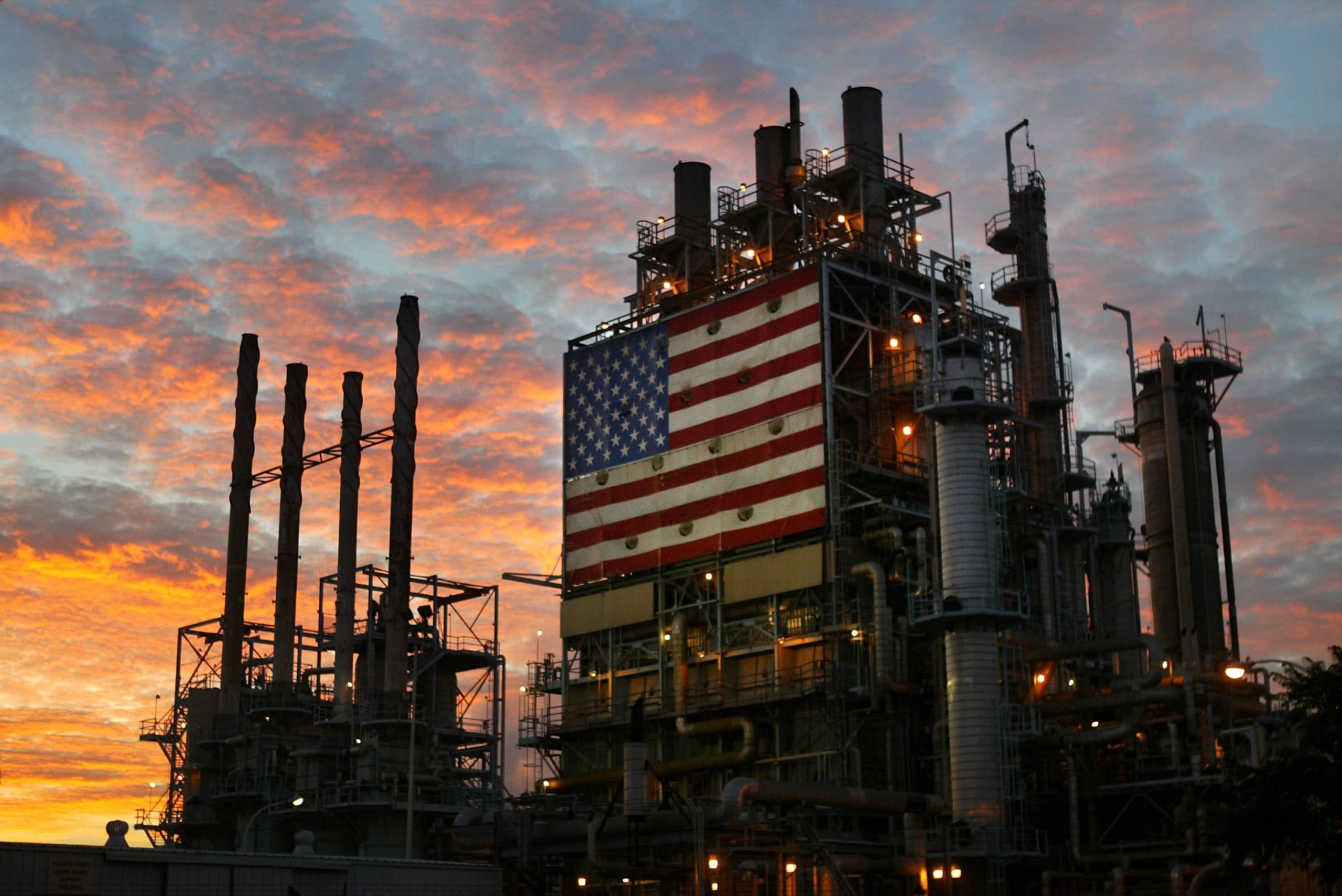U.S. Big Oil majors are behind their European counterparts in carbon strategies, and the U.S. shale market will remain one of the key drilling regions globally.
David McNew | Getty Images
LONDON — Oil-producing group OPEC, and its allies, will likely delay an output hike at its meeting this week as it weighs positive vaccine news against new coronavirus lockdowns and resurgent shale drilling in the U.S.
The coalition known as OPEC+, which comprises some of the world’s largest crude producers, will begin a two-day meeting Monday to discuss the next phase of its production policy.
It agreed to the largest single output cut in history back in April, but that reduction of 9.7 million barrels per day was subsequently scaled back to 7.7 million in August. Taking oil off the market, with OPEC kingpin Saudi Arabia often bearing the brunt, usually boosts crude prices and helps their commodity-focused economies.
A planned 2 million bpd January production ramp-up looks set to be delayed, according to market consensus, with analysts differing on whether that would be for three months or six months.
Price predictions
Caroline Bain, chief commodities economist at Capital Economics, believes the meetings on Monday and Tuesday won’t spring any surprises, saying an extension of the production cut is largely priced in.
“We now think that the oil price (Brent) will stand at $60 per barrel by end-2021,” she said in a research note Friday, revising forecasts due to the encouraging vaccine trial data from pharma giants that could help reopen economies after the coronavirus crisis.
Many market watchers see both oil benchmarks at, or around, $50 a barrel over the next year as demand slowly builds after the shock seen in March and April. The price of U.S. oil plunged into negative territory during the first wave of the pandemic as Saudi Arabia and Russia stuttered over an output deal. But Brent crude futures now stand at $48.18 a barrel, with U.S. West Texas Intermediate futures at $45.52.
Ron Smith, an oil and gas analyst at BCS Global Markets, believes there are reasons to be bullish on prices, especially on a six-month view. In a research note emailed to CNBC last week, he said that oil could go to the mid-$50s by the end of 2021.
Return of shale
But both Smith and Bain point out that OPEC+ will be keeping a keen eye on U.S. shale producers, and would be loath to allow them to significantly re-ramp production without increases of its own.
The U.S. industry is now a key swing supplier in global markets, and has been a thorn in the side of OPEC for the last decade — gradually taking on more market share at OPEC’s expense. The recent rally in oil prices could supercharge a return in American rig counts — which have just seen their 10th weekly increase in 11 weeks.
BCS Global Markets are therefore cautious on the recent price rally, despite their bullish outlook. The investment bank says there is substantial supply waiting in the wings from OPEC+ and “hyper-dynamic U.S. shale producers itching to drill again.”
“(Rig activity) was rising steadily this fall, even before oil began its most recent rally. We think that as oil prices head towards $50/bbl, a key inflection point may be crossed, accelerating U.S. oil drilling activity and, with a small lag, oil production,” Smith said.
“We are watching OPEC+, which in turn is likely watching for any reaction from U.S. shale producers,” he added.
Bain also concluded that a gradual recovery in U.S. production, alongside the return of “some” OPEC+ supply, will act as a ceiling on oil prices in the not too distant future.
